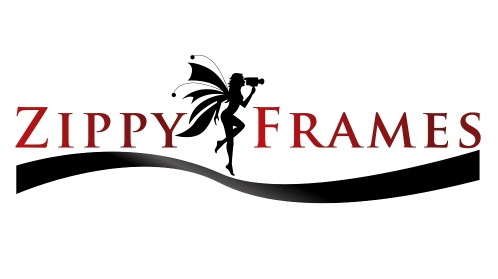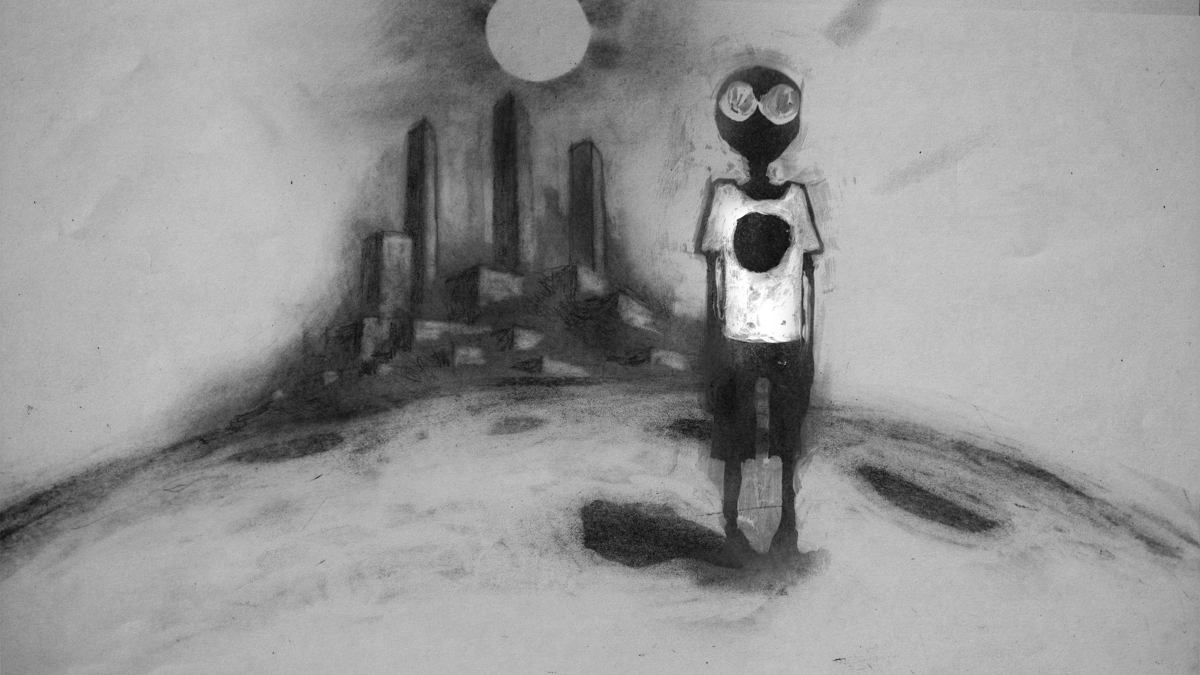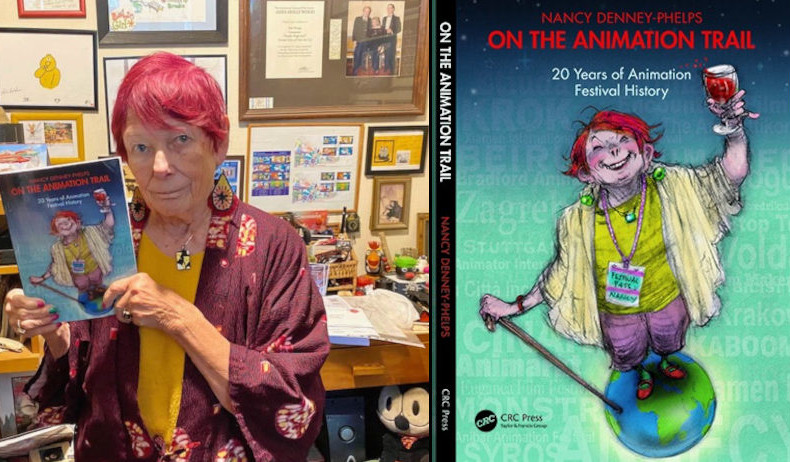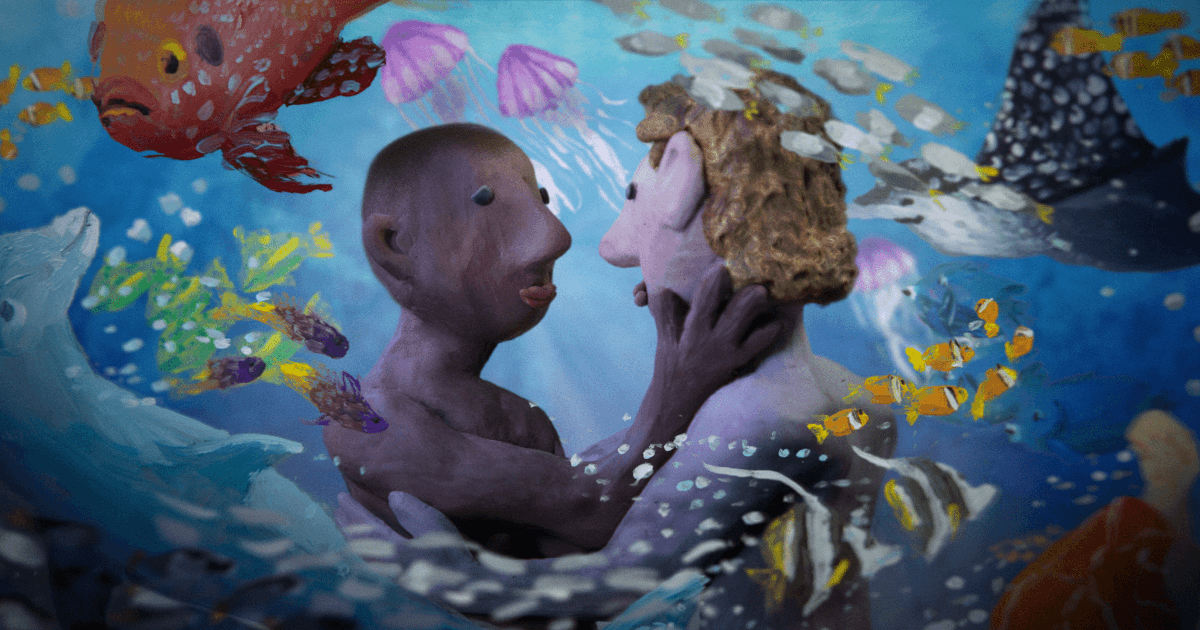Welcoming a New Generation: Children and Youth Competition at Animafest Zagreb (GoCritic! Review)
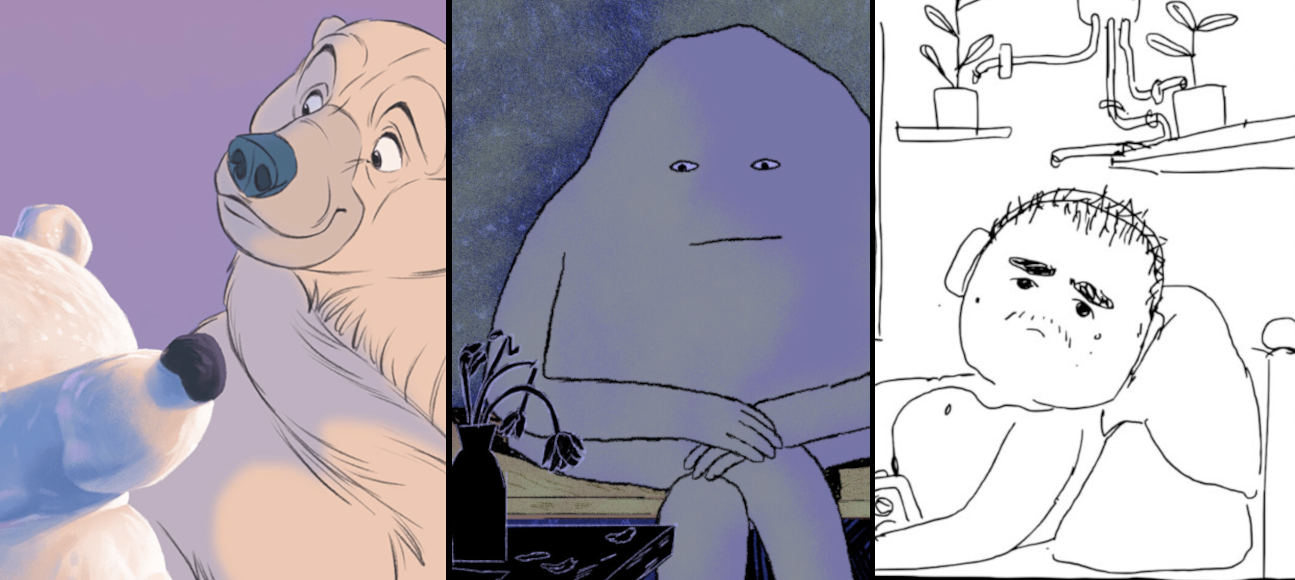
The Children and Youth Competition at this year’s Animafest featured an aspirational selection of short films that embolden young artists to dare and trust their imagination. Looking at the programmes for older children, specifically those aged 11-14 and 15+, audiences could see a focus on themes of overcoming self-doubt and loneliness, as well as the importance of unrestrained artistic creativity. From this diverse selection, five films stood out for their engaging narratives and their ability to delight, revalidate, and inspire.
Veteran animator Aaron Blaise's latest short ‘Snow Bear’ (USA) brings the audience back to his 2003 audience hit, ‘Brother Bear’ (co-directed with Robert Walker). Set against the azure tint of the Arctic, this dialogue-free piece follows a personable polar bear as he attempts to befriend other animals. A pile of snow proves enough to cure his loneliness, but only after he shapes it like a bear. The main character becomes a kind of animator himself, moulding his “friend” to reflect his activities, whether eating fish or taunting the walruses by placing icicles into their mouths in place of teeth. The sky’s purple glow highlights the bear's mood, even as Blaise plays with the expectation that the snow will ultimately melt. The chromatic style, which closely follows the hues of the aurora borealis, is rounded off by the appearance of pea-green grass, a detail that also points to the theme of climate change. This aspect feels organic to the story, elevating the motifs of loneliness and separation within a textured space that returns the bear to his initial, melancholy mood. An inspiring film, awarded Best Film for Children and Youth by the young jury, 'Snow Bear' skates on a beautiful blue canvas, finding charming moments engraved in the icy environment and encouraging kids to trust that creativity can have a lasting impact.
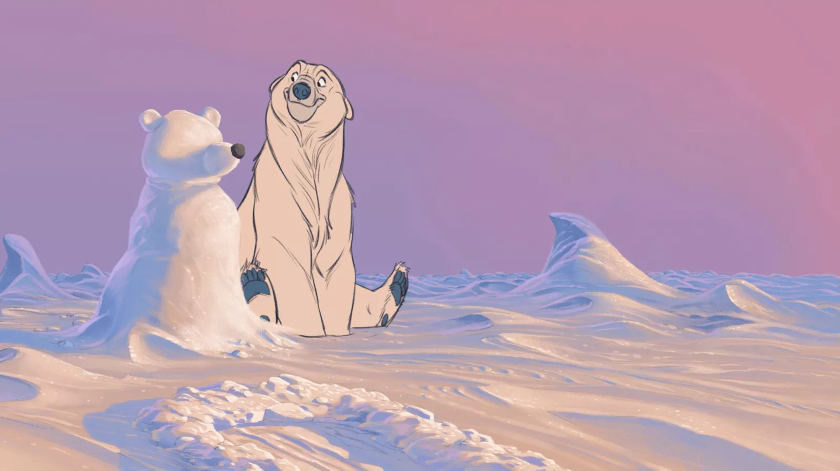
The protagonist of Julie Černá’s ‘Stone of Destiny’ (Czech Republic) shares the bear’s loneliness, but his journey takes an inward turn toward surrealism and absurdist patterns. In her debut short, the filmmaker digitises her comic book, bringing to life strong lines and flickering colours in a musical narrative led by an anthropomorphic stone. The painting of a pink rose emerges as a main motif of reflection, inspiring the stone to sing about his struggles, which materialise as a dark humanoid and an awe-inspiring brown horse. Whether it's a darkened house lit by the footage of a tiny TV set or a simple bedroom that feels entirely too small for the bulkystone, the pink painting appears as an important artefact that is bound to transform his path. While more mature than ‘Snow Bear’ in its exploration of anxiety and self-doubt, ‘Stone of Destiny’ retains a refreshing measure of innocence. The protagonist's almost inharmonious voice and his habit of brushing the purple threads of a carpet with a salmon-coloured comb transport the audience to a place of delicately balanced unease and hope. As we see the stone surrounded by paintings of clouds, the oneiric space becomes softer in tone and chromatic palette. Černá stages a wholesome choreography through which the stone enjoys time alone, just before golden sunlight floods the scenery and turns the protagonist’s self-doubts into artistic curiosity.

Stone of Destiny
Most of the films selected for this programme possess an inspirational quality, not only in terms of engaging young audiences with the medium, but also in encouraging kids to give animation a try themselves. Charlotte Annereau’s graduation film ‘Pebble to Pebble’ (France) goes as far as including teenagers in its creative process: the film’s dialogue was conceived at a theatre improvisation class for kids aged 10 to 14. The result is endearingly naturalistic and suits the story of a stage play performed by the young characters well. The less-than-perfect enunciation and mispronounced words are paired with a sketchy visual style, with pencil-drawn backgrounds and smudges, as well as simple character designs and shaky lines.
Sameh Alaa’s ‘S The Wolf’ (France) has a similarly simple visual style: digitally drawn black lines on a white background. This “MS Paint” look suits the script’s humorous tone, which centers on the protagonist’s fight for self-expression through his hair, as the film follows him from a young age into adulthood. With its limited number of frames, emphasizing the script’s humour through quick movements and instantaneous expression changes, the film’s animation appears to be easy to reproduce. Though well animated and staged, it is not a breathtaking feat of technical prowess but an effective piece that could be seen as encouragement for the audience to tell their own stories. The opening of the film is a proclamation by the narrator that he will express himself as he sees fit, turning himself into a girl after his father scolds him for talking like one. 'S The Wolf' exemplifies a personal story told with the freedom that animation allows.
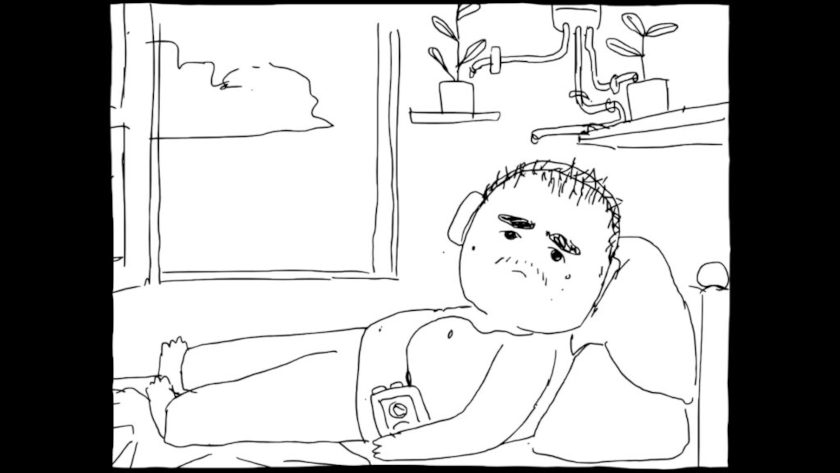
S The Wolf
A similarly encouraging piece but wholly different in style, Lucía Aimara Borjas’s ‘Sailboat at the End of the Street’ (Croatia) bursts with colour and inspires children to find joy in their imagination. After being bullied for her drawings, young girl Inja feels dejected as she leaves school. A loud ship’s horn snaps her out of her sorrow: it's Marco Polo, a fully defined character that resembles her own sketch. A warm adventure that brushes away the memory of bullying, ‘Sailboat at the End of the Street’ encourages its young audience to embrace their dreams and freely explore their talents.
This selection of children's animation aims to bring children closer to the medium while maintaining a grounded approach to tackling difficult subjects. Thematically, these shorts converge on young people’s loneliness and the reasons behind it. Unrestrained creativity, expressed through minimalist hand drawings, singing stones, or anthropomorphic animals, emerges as the key to breaking free from the spell of loneliness. Caring for both their art and their audience, these animators create expressive portals into the thoughts and emotions of youth, ultimately weaving worlds that look forward to the next generation of artists.
Contributed by: Sergiu Inizian and Arsène Rosenmann
